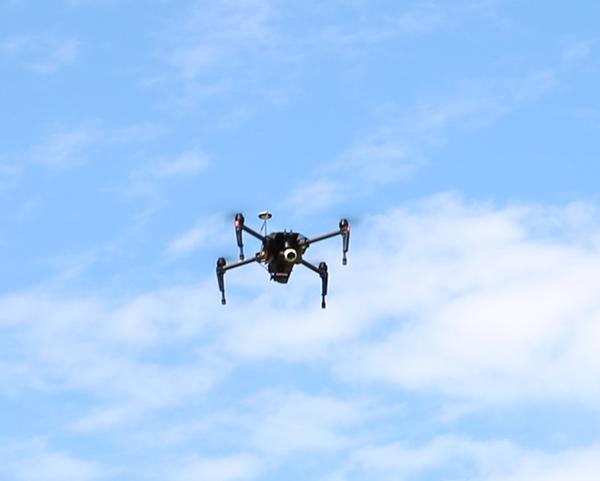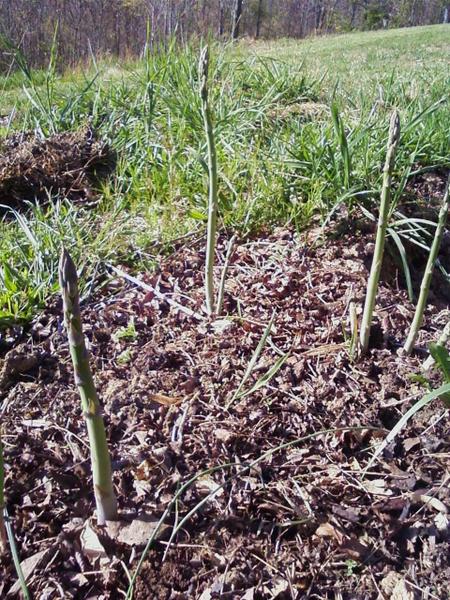
Tobacco Insect Scouting Report, September 4 2015
This week was busy with the final primings at nearly all of our remaining sites. We will continue reporting our …



Extension and research at NC State address timely issues impacting our state. Extension delivers trusted information directly into the hands of farmers and agribusinesses, helping them translate knowledge into solutions that grow our economy and communities.
El inglés es el idioma de control de esta página. En la medida en que haya algún conflicto entre la traducción al inglés y la traducción, el inglés prevalece.
Al hacer clic en el enlace de traducción se activa un servicio de traducción gratuito para convertir la página al español. Al igual que con cualquier traducción por Internet, la conversión no es sensible al contexto y puede que no traduzca el texto en su significado original. NC State Extension no garantiza la exactitud del texto traducido. Por favor, tenga en cuenta que algunas aplicaciones y/o servicios pueden no funcionar como se espera cuando se traducen.
Inglês é o idioma de controle desta página. Na medida que haja algum conflito entre o texto original em Inglês e a tradução, o Inglês prevalece.
Ao clicar no link de tradução, um serviço gratuito de tradução será ativado para converter a página para o Português. Como em qualquer tradução pela internet, a conversão não é sensivel ao contexto e pode não ocorrer a tradução para o significado orginal. O serviço de Extensão da Carolina do Norte (NC State Extension) não garante a exatidão do texto traduzido. Por favor, observe que algumas funções ou serviços podem não funcionar como esperado após a tradução.
English is the controlling language of this page. To the extent there is any conflict between the English text and the translation, English controls.
Clicking on the translation link activates a free translation service to convert the page to Spanish. As with any Internet translation, the conversion is not context-sensitive and may not translate the text to its original meaning. NC State Extension does not guarantee the accuracy of the translated text. Please note that some applications and/or services may not function as expected when translated.
Collapse ▲
This week was busy with the final primings at nearly all of our remaining sites. We will continue reporting our …

Several recent boxwood blight confirmations by the NCSU Plant Disease and Insect Clinic highlight the continuing problem this disease …
Dear Strawberry Growers – I received this weather update yesterday by Dr. Jay Schlegel for growers in Mid-Atlantic region. …

With harvesting well underway, we are now able to observe how insects distribute themselves on the remaining foliage in the …

The Chatham County Center of North Carolina Cooperative Extension conducted a two-day workshop for farmers on Growing Cut Flowers …

We are seeing more flea beetle feeding at sites with the lowest leaves still present on plants and consistently seeing beetles …

Similar to recent weeks, we are still in a bit of a midsummer lull for pest pressure. However, we still …

At least one fungicide application for leaf spot has been made to most of the peanut crop by now. …

Cotton aphids have been more prevalent than normal this year in NC. Treatment is only recommended if the following …

By now, most post-emergence and/or layby herbicides have been applied and cotton is beginning to lap the middles. Later …

Budworm populations have surpassed threshold at all IPM sites to date, and all but one field has been treated. It …

Over the past week or so we’ve received a number of phone calls, emails, and text messages asking about …
Each year the Cotton Belt entomologists are polled concerning insecticide efficacy. You can find these by going to the …

This article is focused on management of stink bugs in the Blacklands, Coastal Plain, and eastern Piedmont (primarily brown …

Basil downy mildew has been reported in North Carolina. Growers are advised to actively scout for the disease and …

This week we saw an increase in budworm pressure across nearly all sites. Given that some sites will be …
Several fields of early planted cotton began blooming this week or will be blooming soon. Normally we would expect …

We are seeing different population densities of both hornworms and budworms across all sites as a result of chemical treatment, …

Plants at sites throughout the state are reaching the button stage where the plant begins to produce unopened flowers …
The 2015 Virginia / Northeastern NC Cotton Field Day will be held on Tuesday, August 11, 2015 at the …

NC State conducted a strawberry Neopestalotiopsis (Neo-P) trial at the Horticultural Crops Research Station in …

This publication discusses flying unmanned aerial vehicles (drones, model aircraft) for commercial purposes. You'll learn …
This guide outlines steps that a facility producing livestock food could follow when developing its …

This review presents the key steps involved in pruning a mature Carlos vine for maximum …

This vegetable pathology factsheet describes the identification and treatment of anthracnose of pepper.

Asparagus has been considered a garden delicacy since Roman times. Any home gardener can grow …
Lack of yard space is no excuse for not growing a vegetable garden. Regardless of …
Sprouts from mung bean (Phaseolus aureus) have been used for food since ancient times. These …